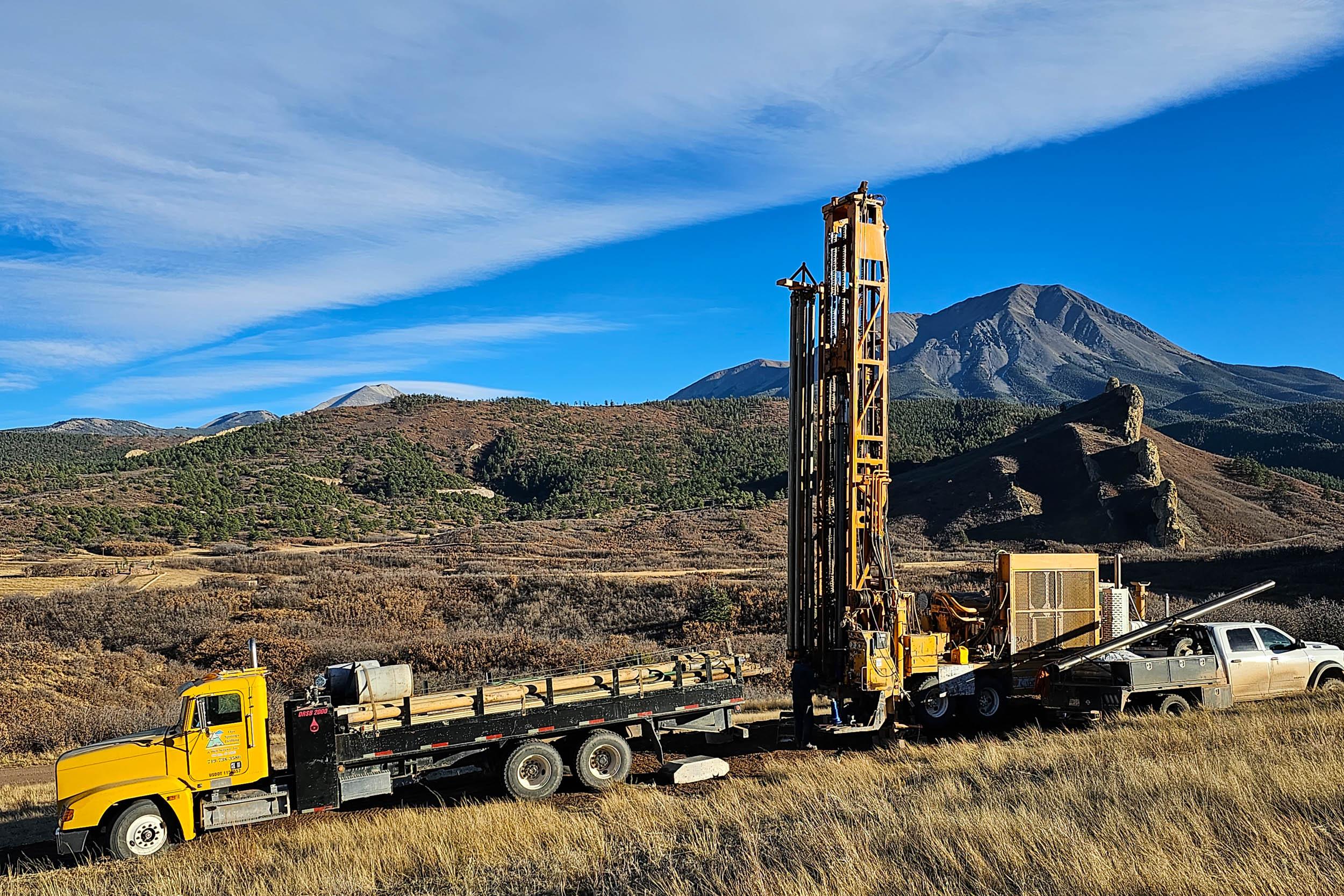
Golf professionals and course owners in the Southwest will meet for the first time to discuss how an industry defined by manicured grass can survive climate change, government water cuts and attract players to fairways and greens nourished with less Colorado River water.
Whitey O’Malley, who owns the Saddleback Golf Club in Firestone, Colo., helped organize the Colorado Basin Golf and Water Summit. It’s scheduled to start Oct. 12 in Las Vegas, a city that has outlawed decorative grass, new lawns and using Colorado River water to irrigate new golf courses.
Conference speakers will give attendees an overview of the state of the river and update them on federal and state policy in the upper and lower basin. Other programs will help guide golf course managers on the best ways to design, irrigate and maintain courses if their water budgets are slashed. O’Malley said the conference is also a chance to unify the voices of golf courses across the region, which use millions of gallons of Colorado River water to keep their businesses operating.
“I just want to make sure that golf courses are totally aware of what is happening in the water world in their backyard, and make sure they understand that this is going to be a long-term play,” O’Malley said. “We all need to know exactly what’s happening and what the stakes are.”
The golf course summit comes as states that share the Colorado River recently started a multi-year negotiation process to decide on a new set of rules on how best to manage the Colorado River system in times of drought to avoid critically low reservoir levels. That will likely mean some states must reduce their water use, which could affect the booming golf industry.
Some cities across the West are already taking action against golf courses in the face of a megadrought, which, after 23 years, brought Lake Powell and Lake Mead to their lowest levels on record. New golf courses in Las Vegas are required to use wells instead of Colorado River water for irrigation, and Aurora has limited the use of thirsty-cool-weather turf like Kentucky bluegrass in new developments and golf courses.
O’Malley and other members of the National Golf Course Owners Association hope the Las Vegas summit helps business owners get ahead of looming water cuts.
There are new turf varieties and irrigation technologies that can significantly reduce a golf course’s water usage, O’Malley said. Conference attendees will learn about these adaptation tools and other ways they can access state and federal assistance dollars that have been set aside to help save Colorado River water.
O’Malley said golfers will likely have to get used to seeing browner courses.
“When you see a typical golf course in the United States, they’re green from wall to wall. When you go over to Europe and England and Scotland, they’re browner,” O’Malley said. “That’s something that we’re gonna be probably looking at doing more of.”
He said that more courses in the West are starting to replace green grass with native plants, which O’Malley said gives the course a more natural feel. One problem is that this can make it harder for players to find a rouge ball that’s gone missing.
O’Malley said one important part of the shift is educating golfers that bright green courses in arid climates are a bad sign.
“That’s not really what you need, and that’s not really what we can sustain.,” O’Malley said.
O’Malley opened the Saddleback Golf Club in the early 2000s — around the same time the megadrought started. Since then, the public’s perception of golf in an arid climate has changed significantly, he said.
“We’ve got 90 acres of turf out here and yeah it uses water, but we’re extremely efficient and we’re getting better at it,” O’Malley said.
He said he’s been actively adapting his course to drought, which has been expensive. The changes are difficult, he said, but there's an opportunity in the timing. Courses across the country have seen a surge of golfers and interest in the sport, which means many owners have the money to adapt their operations to drier conditions.
“Hopefully you’ll have enough play to really justify making the changes that we’re likely gonna all need to be making. So hopefully they go hand-in-hand with the newfound love of the game,” O’Malley said. “Even though you’re in the southwest, you still deserve to feel the green grass under your toes.”









